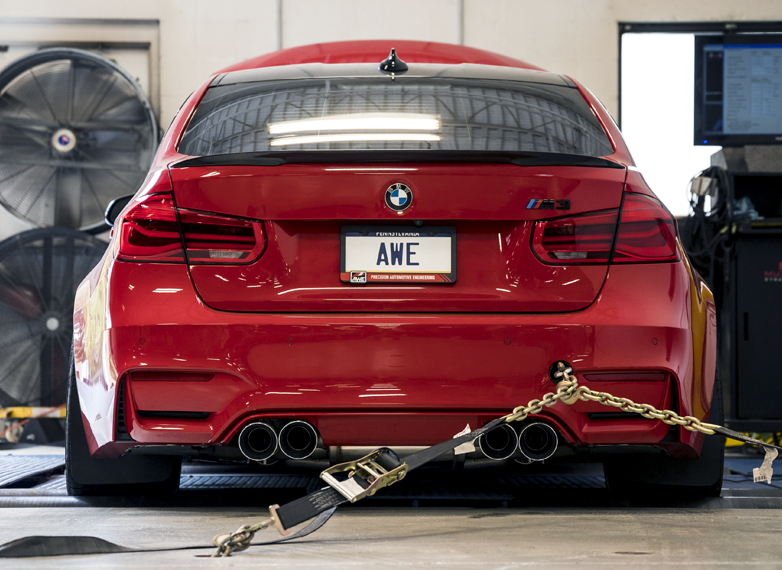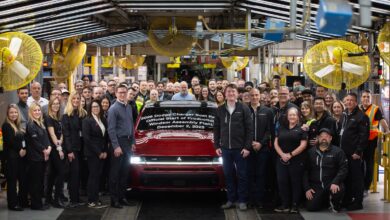Pipe Dreams: Aftermarket Exhausts
With today's systems, customers can get the sound, look & performance they crave...
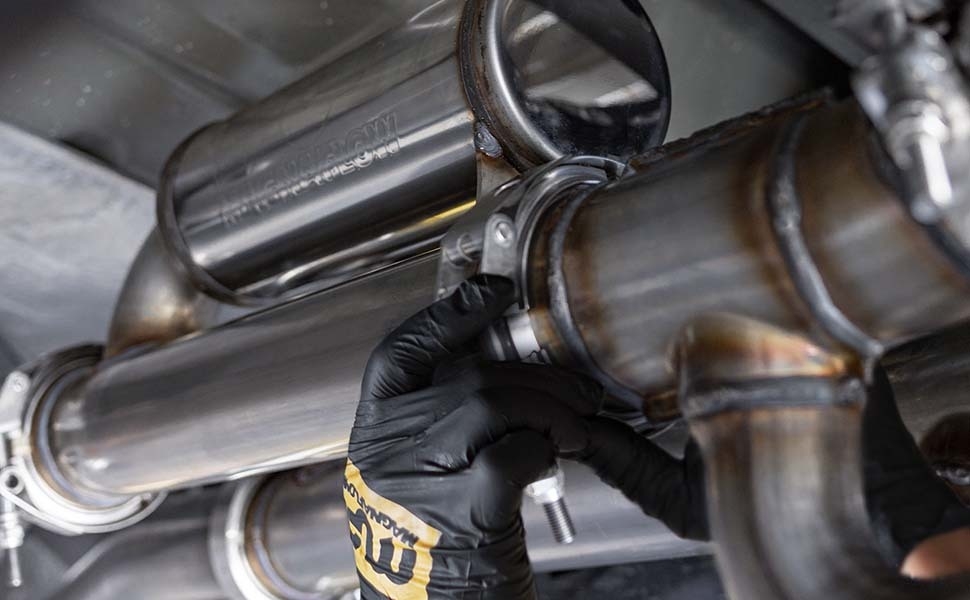
This article originally appeared in the March 2024 issue of THE SHOP magazine.
Aftermarket exhausts create beautiful noise for enthusiasts who love to hear the results of power adders and other upgrades. Providing a signature sound that sets any vehicle apart, these systems let the world know what’s coming.
They can also be music to the ears of speed shops, allowing the creation of attractive performance packages and bringing smiles to the faces of satisfied clients.
An aftermarket staple, there’s still a lot to learn about these products, as today’s exhaust systems look to find their place among the complexities of modern vehicles while playing by ever-more-stringent emissions rules.
Shops need strong product knowledge, creativity and willing partners to make it all work. Thankfully, suppliers are ready to help meet your customers’ pipe dreams with hot products, sales tips and questions to ask to determine the right system for any project.
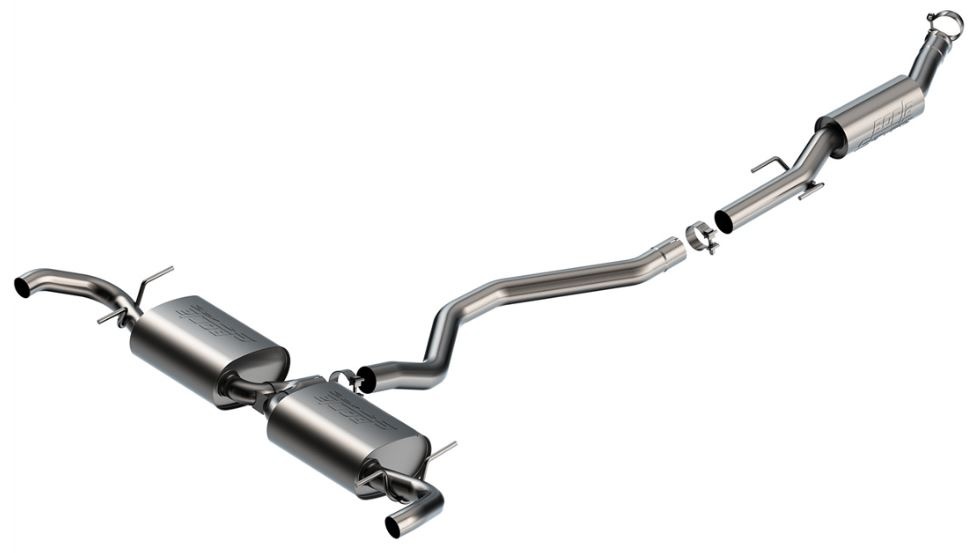
STARTING THE PROCESS
Shops new to exhaust system sales may feel pressured to present the perfect solution to every application in the blink of an eye.
At times, however, the transaction can take much longer.
“A common mistake made by shops when selling or installing performance exhaust systems is not spending enough time during the sales process to understand what the customer’s needs and wants are,” says Tim Sayers, muffler development manager for Borla Performance Industries Inc.
Knowing your products is also important, as not all aftermarket exhaust systems are created equal, says Jesse Kramer, vice president of marketing for AWE.
“Consumers fall in love with wide-open throttle (WOT) experiences, yet 90% of their driving is cruising or around town—so customers can become frustrated within days after the initial joy ride if they didn’t choose wisely,” he explains. “Make sure your customers are buying a system that is engineered with 180 Technology or a comparable drone-canceling technology, T304L stainless steel, and, ideally, support and backing from the manufacturer.”
The proper system may not always make the largest splash, advises Rich Waitas, senior manager/spokesman for MagnaFlow.
“Bigger is not always better, just like louder doesn’t always mean more performance,” he says.
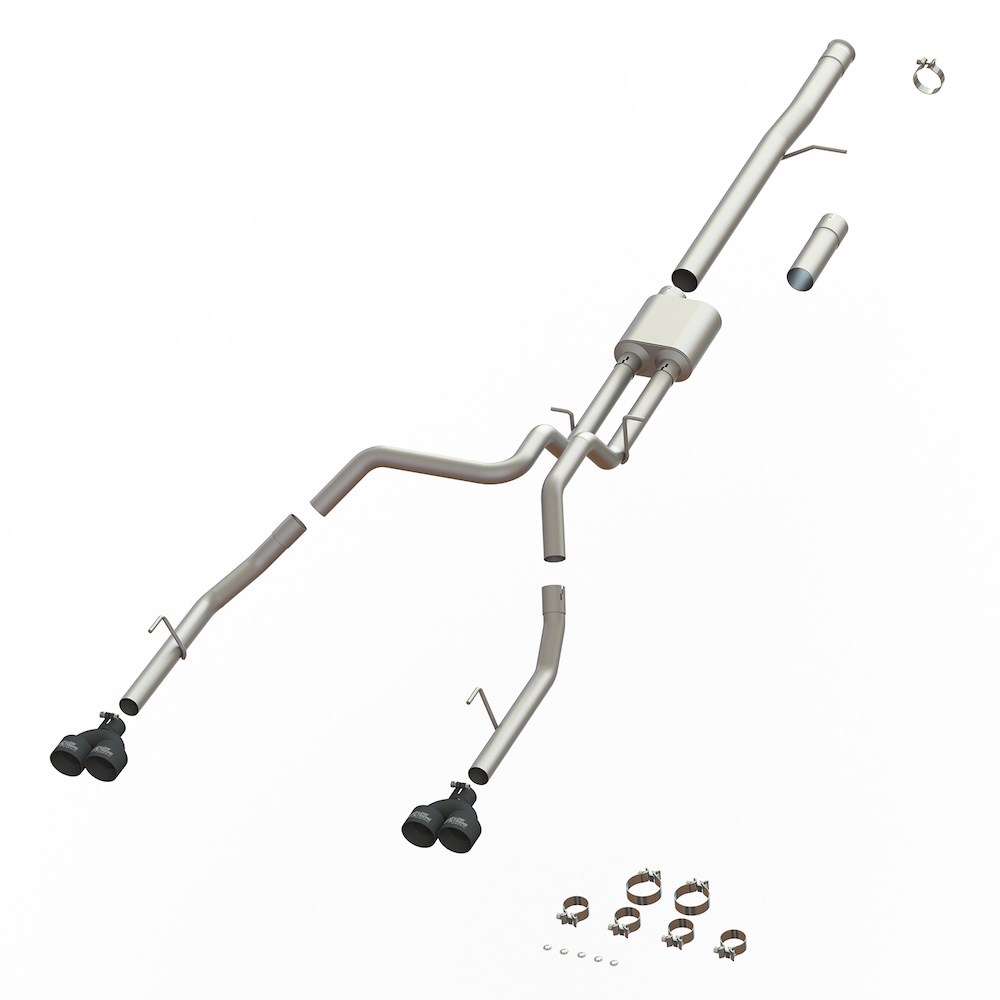
Sara Ford, marketing manager for SpeedFX, notes that shops sometimes overlook the importance of providing clear information about the exhaust installation process.
“Failing to communicate the complexity of installation or potential modifications required can lead to customer frustration and additional costs,” she warns. “To avoid these mistakes, it’s crucial for shops to engage in thorough consultations with customers, asking relevant questions about their preferences, vehicle use and budget. Clear communication ensures that customers make informed decisions, leading to a positive experience and satisfaction with their performance exhaust system purchase and installation.”
It’s important to remember that not all installation processes are the same, says Dave Gerard, president of Pypes Performance Exhaust.
“A lot of performance exhaust systems like our Early Muscle Car kits require installation from back to front, which bucks the trend when you are bending a system on the fly,” he says. “We have fixed locations and limited rotation for the tailpipes, so we build the adjustment into the X- or H-pipe in front of the mufflers.”
Aftermarket exhaust systems have sometimes been thought of as triple threats, delivering performance, sound and appearance upgrades. That’s not necessarily the case, however, for today’s highly regulated diesel trucks.
“Most customers don’t realize newer diesel truck exhaust systems will not make the truck louder or more aggressive or add horsepower/torque gains,” says John Gray, VP exhaust & exterior products, aFe POWER. “Most of the (truck’s) sound and performance are limited by the emissions control devices that are not legal to remove or tamper with. Adding a DPF-back system with a custom tip will give the truck a more aggressive, custom look, but it will not make a noticeable sound difference or provide performance gains.”
Alex Ortega, director of business development for Aero Exhaust, encourages shops to tackle requested installations, even from customers who buy their products elsewhere.
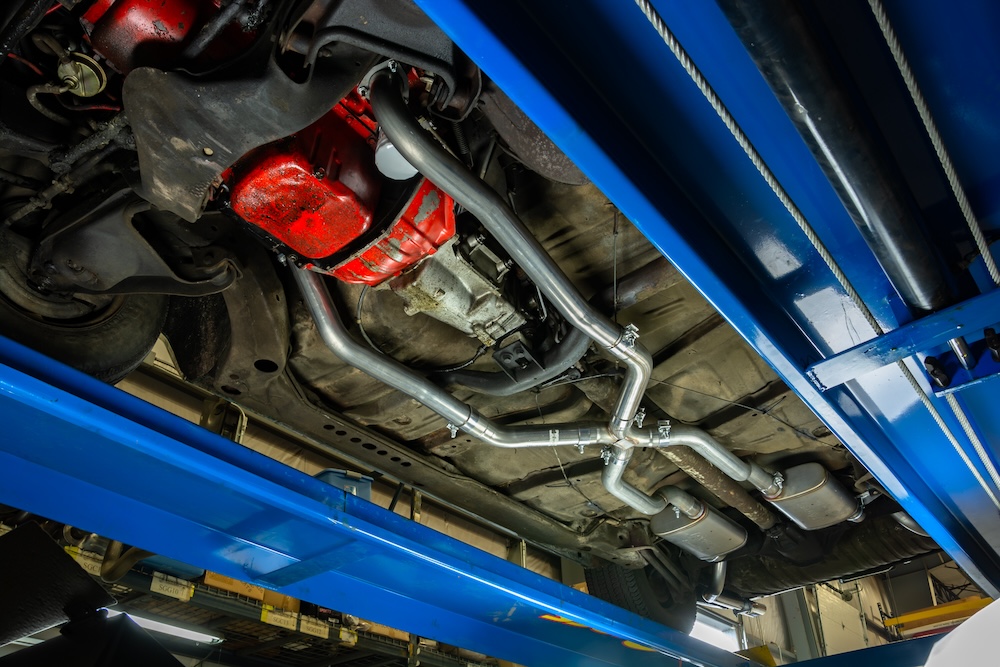
“Most aftermarket cat-back systems are covered by a warranty that protects the customer’s investment against workmanship defects or early deterioration,” he says. “Letting the business walk away because the customer did not purchase the product from you is a mistake. Over the past decade, most shop owners have pivoted into other automotive segments. If you believe you have the luxury to refuse the business, your competition will tackle the job.”
WE HAVE QUESTIONS
Suppliers agree that asking the right questions will lead to finding the proper system for each application and make customers happy. A roundup of handy questions includes:
- What is your budget?
- How do you plan to use the vehicle—street, race, towing, combination?
- Do you want a custom look, sound, horsepower/torque gains, or a combination of all the above?
- Do you want adjustable sound on the fly?
- What type of driving do you do the most—short trips, long trips, mixed distances?
- What sound level are you looking for—slightly over stock (mild), middle of the sound spectrum (medium), or the loud end of the sound spectrum (aggressive)?
- Do you care about drone?
- Have you ever had a performance exhaust that sounds great until you have to drive it long distances and then suffer from headaches and ear fatigue?
- What other performance modifications have you done to the vehicle—cold air intake, high-flow catalytic converters (emission-legal only), engine modifications, a chip or tune (emissions-legal only)?
- What are your future performance plans?
- What is your anticipated horsepower level?
- Does the vehicle have valves in the exhaust system and, if so, do you want to have valves in the new system?
- How many times do you want to replace this exhaust?
SOUNDS GOOD
Successful shops view exhaust sales as the start of a long-term relationship instead of a one-and-done transaction, says Sayers from Borla.
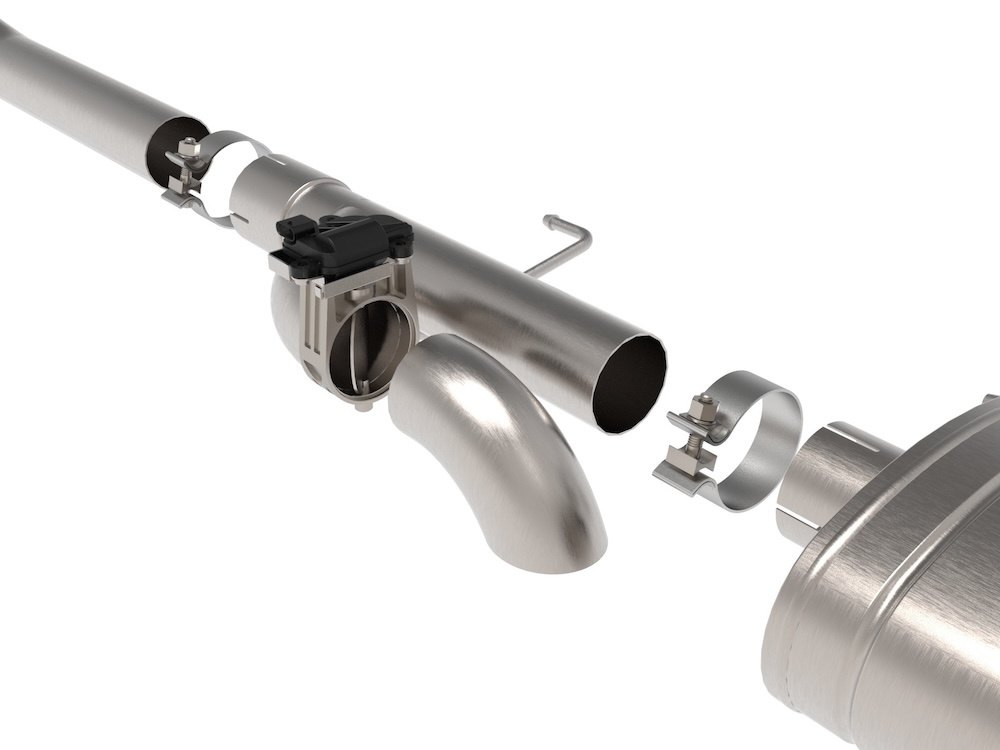
“Look at exhaust as both a standalone sale and as a related sale. If your customer is currently not in your shop to purchase a performance exhaust system, does their vehicle already have on it, or are they in the process of purchasing, any of these performance parts—wheels/tires, cold air intake, engine modifications, a chip or tune (emissions-legal only), performance suspension components, etc.?” he asks. “If so, a performance exhaust system could be either their next purchase or become a related sale to what they came into the shop for originally.”
Knowing your customers and their desires is key, says Gray from aFe, which can mean meeting them in their world.
“We recommend supporting your local car clubs and attending related events,” he says. “Shops that cater to specific groups and are familiar with the products they are selling have a better chance of keeping customers happy and acquiring new customers.”
A lot goes back to that list of questions, notes Waitas from MagnaFlow.
“Dig deeper than just how a customer wants it to sound and see how they intend to use it,” he says. “Are they looking for the racier sound at any expense or the right sound for the right situation? Is it a daily driver? Do they take it on long highway trips? Find out the total usage to make sure the customer doesn’t take home a modification that will result in long-term buyer’s remorse.”
Through it all, Kramer says it takes work to become known as the local go-to exhaust expert.
“AWE works with quite a few dealers that may have had a successful presence in lighting, for instance, but the true growth happens when content starts to be developed by the shop to position itself as a resource for exhaust purchases,” he says. “Blogs, videos, installations, etc., are all parts of that puzzle.”
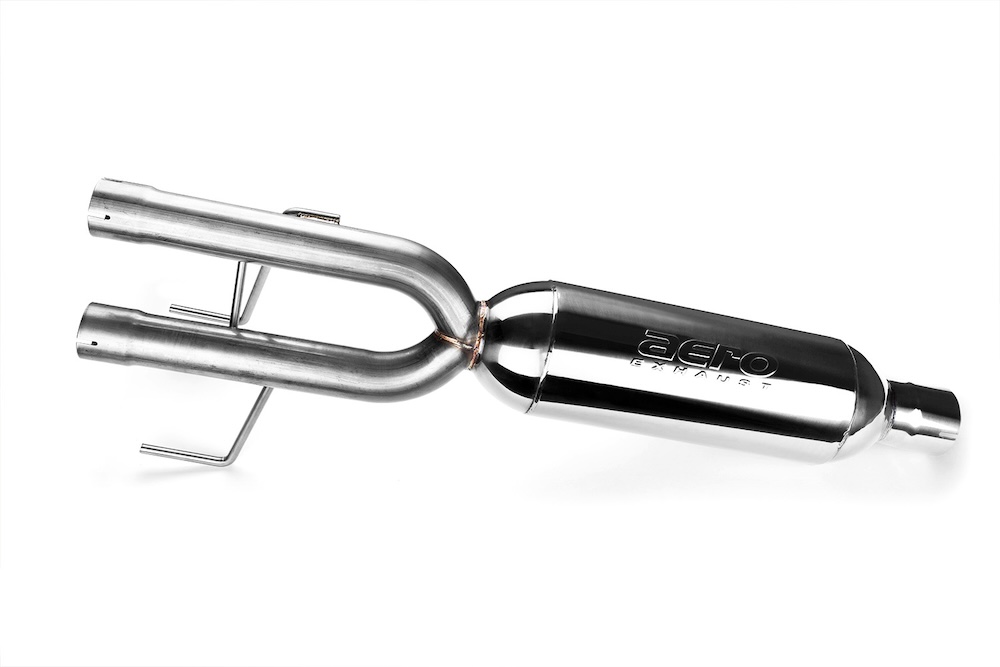
Some steps that help with becoming that trusted resource, he adds, include: installing exhaust systems on shop and/or employee vehicles; aligning with brands that have quality data and strong distribution and can add you to a dealer map; choosing products with easily communicated advantages such as made in the USA; and building partnerships.
Once successful, Ortega from Aero Exhaust encourages shops to spread the word about performance upgrades.
“Let your work speak for itself via the major social media channels. If you own a shop, you have the opportunity to capture and share the before-and-after magic (sound difference) with future customers via social media,” he says. “Ultimately, you are casting a net that will only result in increased sales or, at the very least, build your business name. We live in the age of information.”
A thorough understanding of the products creates a smooth process, says Ford from SpeedFX.
“Ensure that your sales staff has comprehensive knowledge about the different performance exhaust systems your shop offers. They should be familiar with the specifications, materials used, and the benefits associated with each system. This includes understanding the various options of systems on the market and the resources available—including sound bites and videos to show customers,” she says. “Train your staff to anticipate and address common concerns or questions that customers might have about performance exhaust systems. A knowledgeable and skilled sales team enhances the overall customer experience, fostering satisfaction and loyalty.”
Supplier relationships are an important factor to success as well, says Gerard from Pypes.
“You can sell it if you believe in the brand, so look for brands that support you—support you not only with discounts, but with tech support and inventory readiness and take pride in their products. Develop those relationships and sales will follow.”
